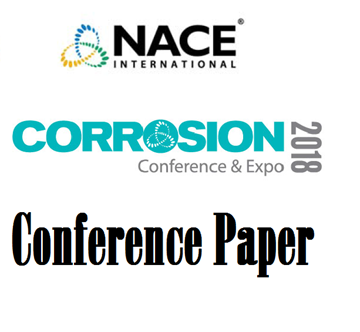Search
Products tagged with 'erosion corrosion'
View as
Sort by
Display
per page
51317--9748-The Virginia Tech High Turbulence Corrosion Loop
Product Number:
51317--9748-SG
ISBN:
9748 2017 CP
Publication Date:
2017
$20.00
51318-11093-Comparison of Inhibited Erosion-Corrosion with Calcium Carbonate Particles versus Sand
Product Number:
51318-11093-SG
Publication Date:
2018
$20.00
Corrosion Investigations of Copper Alloys and Cast Stainless Steel Used for Drinking Water Applications
Product Number:
51324-20723-SG
Publication Date:
2024
$40.00
Evaluation of 316L and 2205 Steels Under Flow Effects in Caustic Environments
Product Number:
51317--9158-SG
ISBN:
9158 2017 CP
Publication Date:
2017
$20.00
SP21464-2020, Erosion Management in the Oil and Gas Industry
Product Number:
SP21464-2020
Publication Date:
2020
$109.00





